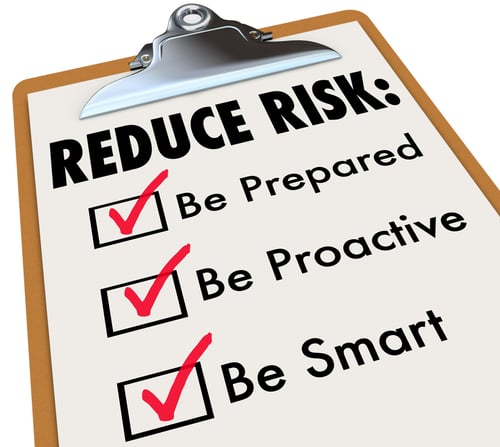
If you are waiting for an incident to occur before making a change, it is already too late. Leading indicators are safety metrics that companies can use to recognize and abate hazards before they experience a loss. By measuring the possibility of an incident occurring, companies can take steps to prevent the incident and keep workers safe on the job.
Why are Leading Indicators Important?
Evaluating a company’s safety rating based on past performance and historical data does not provide an accurate picture of the business. While it certainly is important to recognize loss trends, this should not be the sole focal point of your health and safety program. Focusing on proactive safety measures, such as leading indicators, tells us what a company is doing to prevent incidents.
How Do I Use Leading Indicators?
If your company is looking to improve its safety rating, it is recommended that you shift your focus to leading indicators. These indicators should be:
- Actionable
- Achievable
- Meaningful
- Transparent
- Easy to communicate
- Valid
- Useful
- Timely
Remember that the goal of leading indicators is to measure the positive versus the things your organization is failing to do. While there is no “one size fits all” formula for safety, you should always focus on constructive problem solving and make it clear how you can improve.
What are Some Examples?
So how exactly do we recognize and abate hazards? Every organization will have their own methods, but at Handex we rely on three main indicators:
- Good Catch Reporting - The idea of Good Catch reporting is to catch a potential hazard before injury or loss can occur. By reporting the concern, when a team member notices a possible hazard, his or her report ensures that corrective action is taken to prevent future incidents.
- Quality Discussions - Each staff meeting should contain a brief discussion on safety standards and responsibilities. Be mindful of what people are taking away from these meetings. Is it quality? Is it productivity? Is it safety?
- Site Inspections - Routine worksite inspections should look at every aspect of the project, not just the slips, trips and falls. This includes permitting performance, PPE and worksite equipment among others.
Whichever indicators you use within your organization, they should emphasize communication, recognition and abatement skills to ensure success.
A Preventative Approach
Leading indicators are pre-incident measurements, as opposed to lagging indicators, which are measurements collected after an incident occurs. At Handex , we believe it is more effective to focus on successes, rather than losses, to drive a continuous improve within any organization.



